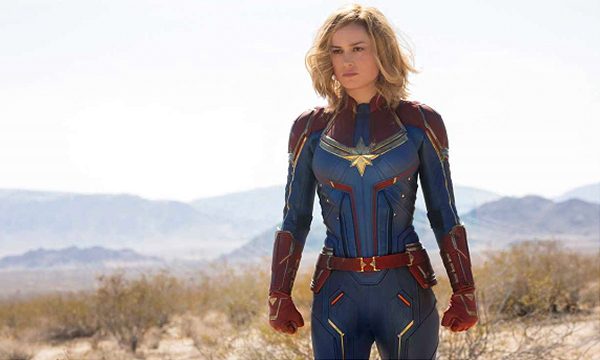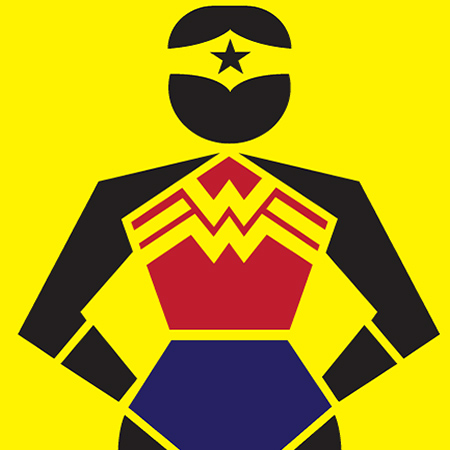
It’s been a long time coming, but we are finally in a position where the likes of Marvel Studios and DC Films have finally got around to releasing superhero movies with women in the lead role. Yes, we can look back at things like Halle Berry’s 2004 vehicle Catwoman, but here we are talking about wholehearted, franchise-creating blockbuster movies.
The first of those is regarded as Wonder Woman, which Warner Bros/DC released in 2017. That’s been followed up by 2019’s Captain Marvel, Dark Phoenix (released in June) and Wonder Woman 1984, released in the summer of 2020. In fact, there are loads of proposed female-led superhero movies in the pipeline, with everyone from Batgirl to Kitty Pryde covered. The floodgates have opened.
Playing ‘sexy’ can lead to rigidity
However, there is still a debate over what these movies represent: Are they symbols of female empowerment? Or are they the modern-day equivalent of casting Jane Fonda as Barbarella or Pamela Anderson in Barb Wire? We all agree that putting women on screen in lead roles in superhero movies is a good thing, but do these movies conform to the type of an idealised female?
Wonder Woman is usually cited as a prime candidate for debate in this area. The character has always been a big merchandise maker for DC, spanning everything from Wonder Woman games at Mansioncasino.com to lunchboxes to providing costumes for Halloween parties for decades. The character is iconic, but the issue lies in the fact that while male superheroes can be varied in appearance – think Deadpool, The Hulk, Spider-Man, The Thing – Wonder Woman has been asked to conform to the stereotype of “tough, but sexy.”

That idea of the “hot tough girl” permeates the world of female superheroes much more than the male one. Sure, creations like Thor played up to the character’s good looks on screen, even moving to accusations of fat-shaming, but the likes of Spider-Man and Deadpool’s sexuality takes a back seat on screen.
The point is that opening the female superhero world to characters who are not constrained by looking a certain way allows for a richer variety of roles, and it will allow actors to be more experimental in the way they approach those roles.
Larson has become feminist icon
None of this is meant to detract from the women who play superheroes on screen, nor to criticise them for looking great. The likes of Gail Gadot and Brie Larson are trailblazers in the genre, inspiring the next generation of young girls to understand that being a superhero isn’t based on any genre. Indeed, Larson in particular has raised the ire of some far-right publications on her portrayal of a feminist icon, which is usually a sign a woman is doing something right.
In the end, one could argue that it will take a while for the whole area of female superheroes to find its feet. Even Larson’s Captain Marvel, who is certainly not sexualised, still suffers a little from the rigidity that can be applied to women in these roles.
Indeed, there is always a bit of over scrutiny when it comes to female-led superhero films. It’s like we are constantly being told that a woman is in the lead role. There are going to be bad movies and good ones, but it feels like these superhero women will really start to fly when it it’s not novel to see them do something different any longer. For the moment, the potential to see some cool female characters come to life seems to be upon us – that should be celebrated.

Comments are closed.